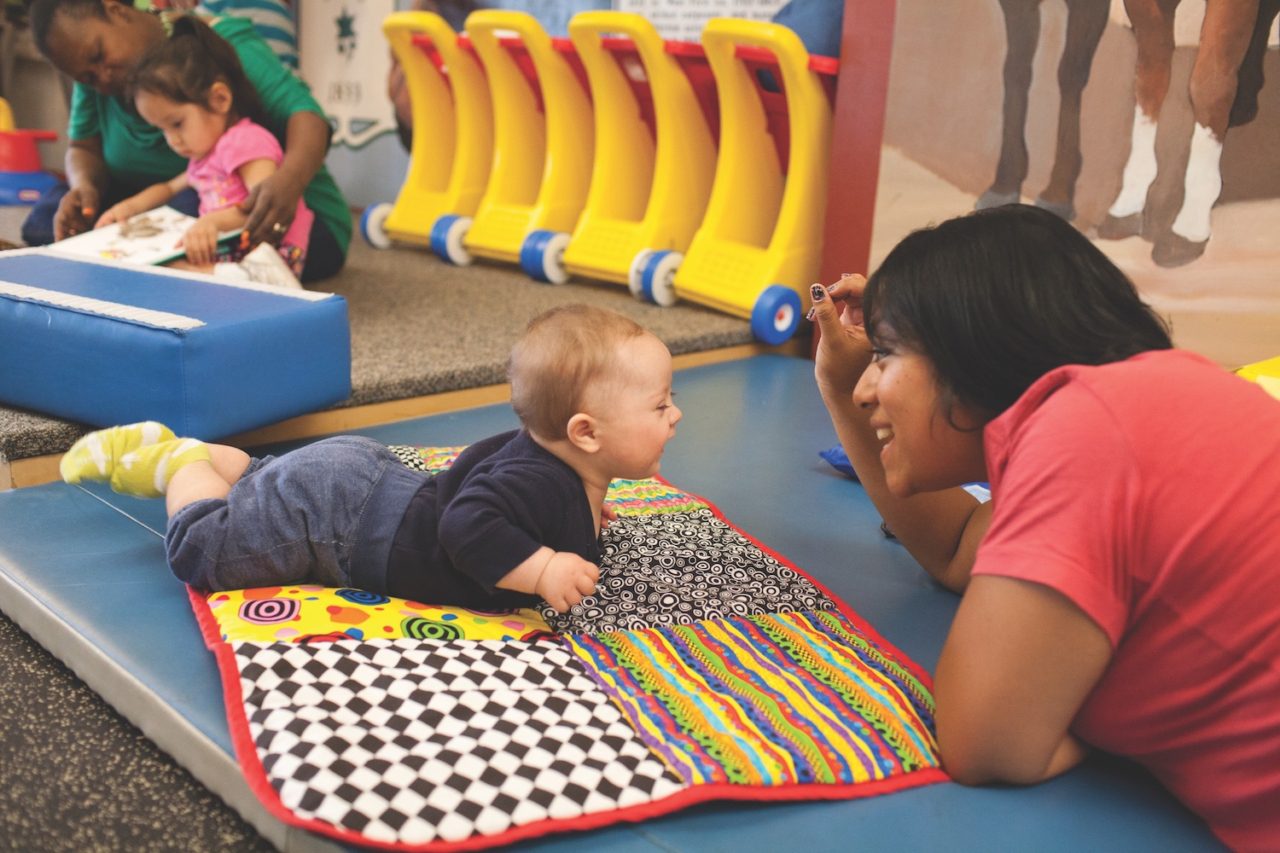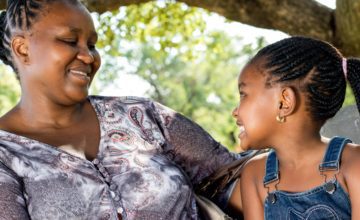Bilingual Benefits
Bilingualism has many benefits for children. They can connect with their parents and caregivers in the language that is ‘home’ for them. They will be able to listen to family stories, get their jokes, and have real relationships with grandparents, aunts, uncles and cousins. Communication fuels connection, which is at the heart of any relationship.
But the benefits of bilingualism extend beyond the all-important link to family, community and culture. Research shows bilingual children have a better working memory (which holds, processes and updates information over the short term), than children who speak only one language. Bilingual children also show better executive functioning skills, especially the ability to think flexibly, focus their attention, and filter out distractions, as compared to monolingual children. One study even found that dual language learners showed an improved ability to see others’ perspectives as compared to monolingual peers.
Research shows bilingual children have a better working memory (which holds, processes and updates information over the short term), than children who speak only one language.
The Big Bilingual Myth
What about this idea that learning two languages slows down children’s language development? Actually, young dual-language learners achieve the same language milestones as monolingual children when it comes to babbling, saying their first word, understanding familiar words, combining words (“Mama, up!”), and reaching a 50-word vocabulary. But while bilingual children are learning words at the same rate as their monolingual peers, these words are divided across two languages. When you combine their total vocabulary, dual-language learners and monolingual toddlers have virtually identical vocabularies.
Other things to keep in mind:
- Babies learn at their own individual pace. So a child may develop their language skills at a different rate than a monolingual child and it may have nothing to do with the fact they are learning two languages at once.
- A key variable for bilingual acquisition is consistency in how children are exposed to the two languages throughout their early childhood. Families can choose to provide consistency in a variety of ways. For example, Mom might speak only French to them while Dad speaks only English. Or, a family may speak only French in the home and English outside the home.
- Be aware that a child’s vocabulary in each language may be different from that of a monolingual child. Children learning two languages simultaneously may have smaller vocabularies in one or both languages, compared to children learning only one language. However, when both languages are taken into consideration, bilingual children tend to have the same number of words as monolinguals. Keep in mind that these differences are usually temporary. By the time most bilingual children have entered school, their vocabulary development has caught up with monolingual children.
- Don’t worry about language-mixing. When children start to use both languages in the same sentence, parents may wonder if they are getting confused by the exposure to and use of two languages. Actually, this combined usage is a very normal stage in bilingual language development. Over time and with experience, a child will begin to sort the two languages out on their own.
- Studies on family language patterns find that once children enter school, they use more English and, as a result, their parents use more English too. It’s natural that a child’s language preferences—the language they use and respond to most—is the one parents gravitate to, but it makes bilingualism tough to sustain. The takeaway: The best way to support a dual-language learner is to continue using the home language(s), even if the child’s language patterns shift. Some families make it a habit (or a rule!) to only use the home language after school through bedtime, for example.





